When you think about enhancing flexibility and mobility, it's easy to overlook the myriad benefits that come with it. Improved range of motion can make everyday tasks simpler, while better athletic performance may elevate your game. You're not just reducing the risk of injury; you're also fostering better posture and alleviating muscle tension. The boost in circulation and stress relief can lead to a more balanced life. But how do these benefits intertwine, and what specific practices can support this journey? Let's explore the nuances of flexibility and mobility together.
Improved Range of Motion
When it comes to flexibility and mobility, improved range of motion is one of the most notable benefits you can experience. It allows your joints and muscles to move more freely, which can enhance your overall physical performance in daily activities. Whether you're reaching for something on a high shelf or bending down to tie your shoes, having a greater range of motion makes these tasks easier and more comfortable.
As you work on your flexibility, you'll notice that your body feels less stiff. This increased suppleness not only helps prevent injuries but also promotes better posture. When your muscles and joints function optimally, you're less likely to strain them during movement. You might find that you can perform activities with less effort, making exercise and even simple tasks feel more enjoyable.
Moreover, improving your range of motion can facilitate recovery from physical exertion. By maintaining flexible muscles and joints, you enable faster healing and reduce soreness after workouts. This means you can get back to your routine quicker, without the nagging discomfort that often follows intense physical activity.
Incorporating stretching routines or mobility exercises into your daily life can greatly enhance your range of motion. As you progress, you'll likely feel more confident in your body's capabilities.
Embracing flexibility and mobility isn't just about athletic performance; it's about enhancing your quality of life and making everyday movements more fluid and effortless.
Enhanced Athletic Performance
Flexibility and mobility play an essential role in enhancing athletic performance. When you increase your flexibility, you allow your muscles and joints to move through their full range of motion. This improved movement efficiency can lead to better execution of techniques, whether you're sprinting, jumping, or engaging in complex maneuvers. You'll find that the less restricted your body feels, the more power and speed you can generate.
Incorporating flexibility and mobility exercises into your training routine not only helps with performance but also aids in muscle recovery. By keeping your muscles supple, you can reduce stiffness, allowing for quicker shifts between activities. You'll notice that you can maintain high levels of performance for longer periods, which is significant during competitions.
Additionally, enhanced flexibility can improve your balance and coordination. When your muscles and joints move freely, your body can respond more effectively to changes in direction or speed. This agility is essential in sports that require quick reflexes and sharp turns.
Moreover, being flexible can help you tap into your explosive strength. For instance, in sports like basketball or soccer, the ability to stretch and contract your muscles efficiently can lead to more powerful jumps and faster sprints. As a result, you won't just perform better; you'll also feel more confident in your abilities.
Injury Prevention
Improved flexibility and mobility not only boost your athletic performance but also play a significant role in injury prevention. When you have a greater range of motion in your joints and muscles, you're less likely to stretch or strain them during physical activities. This means that whether you're running, lifting weights, or participating in sports, your body can handle the demands placed on it more effectively.
Incorporating regular stretching and mobility exercises into your routine can help prevent injuries by promoting proper muscle alignment and enhancing joint function. When your muscles are flexible, they can absorb impact better, reducing the risk of tears and sprains. This is particularly important in high-impact activities, where the risk of injury is often greater.
Moreover, improved mobility allows your body to move more fluidly, helping you avoid awkward movements that can lead to injury. For instance, if you're playing basketball and need to pivot quickly, having good mobility will enable you to make that move without putting unnecessary strain on your ligaments or tendons.
Additionally, being flexible can help you recover more quickly from injuries if they do occur. It can aid in reducing muscle soreness and stiffness, allowing you to return to your activities sooner.
Better Posture
Achieving better posture involves more than just standing up straight; it's about aligning your body correctly to reduce strain and improve overall function. When your spine is properly aligned, you support your muscles and joints, allowing them to work efficiently. This alignment not only enhances your appearance but also contributes to your overall health.
You mightn't realize it, but poor posture can lead to a range of issues, from back pain to headaches. By focusing on your flexibility and mobility, you can make significant strides toward achieving better posture. Engaging in activities like stretching and yoga helps lengthen tight muscles and strengthen weak ones, promoting a balanced posture.
Incorporating regular movement into your daily routine is essential. Simple practices like standing up and stretching every hour or adjusting your workspace can have a big impact. Pay attention to how you sit, stand, and move. Keeping your shoulders back and your core engaged while you walk or sit can make a noticeable difference.
Moreover, being mindful of your posture not only affects your physical well-being but also your mental state. Good posture can boost your confidence and improve your mood. When you stand tall and align your body correctly, you might find you feel more energetic and ready to tackle the day.
In essence, better posture is a key benefit of improved flexibility and mobility. By working on these areas, you're investing in your overall health and well-being.
Reduced Muscle Tension
When you improve your flexibility and mobility, you can greatly reduce muscle tension.
This reduction leads to better range of motion, enhances your posture alignment, and boosts circulation throughout your body.
As you experience these benefits, you'll likely feel more relaxed and energized in your daily activities.
Improved Range of Motion
Flexibility and mobility practices can greatly enhance your range of motion by reducing muscle tension.
When your muscles are less tight, you'll find it easier to perform everyday activities and physical exercises. You'll notice how your body feels more fluid and agile, allowing you to move freely without discomfort.
This improved range of motion can lead to better performance in sports and reduced risk of injury.
Imagine the freedom of movement you can achieve:
- Reaching for that top shelf without straining your back.
- Squatting down to tie your shoes with ease and comfort.
- Swinging a golf club or hitting a tennis ball with greater power and accuracy.
- Bending over to pick up a child or carry groceries without stiffness.
Enhanced Posture Alignment
Improved range of motion doesn't just make movement easier; it also plays a significant role in enhancing your posture alignment. When your muscles and joints are flexible, you can maintain a more natural and balanced posture. This balance reduces the strain on your body and minimizes discomfort, leading to a more aligned spine and improved overall posture.
As you work on your flexibility, you're likely to notice a decrease in muscle tension, which is vital for maintaining good posture. Tight muscles can pull your body out of alignment, causing you to slouch or lean in awkward positions. By stretching and enhancing your mobility, you can release this tension and allow your body to find its natural alignment.
Incorporating flexibility exercises into your routine can target specific muscle groups that often lead to poor posture. Think about focusing on your hip flexors, chest, and shoulders.
When these areas are flexible, it becomes easier to sit up straight or stand tall, reducing the risk of developing chronic pain. Ultimately, enhanced posture alignment not only improves your appearance but also supports your overall health and well-being.
Increased Circulation Benefits
Regularly engaging in flexibility exercises can markedly boost circulation, which in turn helps reduce muscle tension.
When your blood flow improves, it delivers oxygen and essential nutrients to your muscles more effectively. This not only alleviates discomfort but also promotes quicker recovery after workouts.
You might notice several benefits, including:
- Soothing relief: Tight muscles feel more relaxed, leading to a sense of ease throughout your body.
- Enhanced energy: Increased circulation can help you feel more alert and ready to tackle your day.
- Improved recovery: As your muscles receive better blood flow, soreness diminishes, allowing you to bounce back faster after intense activities.
- Greater flexibility: With less tension in your muscles, you'll find it easier to stretch and reach your full range of motion.
Incorporating flexibility exercises into your routine isn't just about improving your physical abilities; it's also about creating a more comfortable, energized state.
Increased Blood Circulation
Enhanced blood circulation is one of the key benefits you'll experience with increased flexibility and mobility. When you engage in stretching and mobility exercises, your muscles and joints move more freely, which promotes better blood flow throughout your body. Improved circulation means your heart pumps more efficiently, delivering oxygen and essential nutrients to your muscles and organs.
As you work on your flexibility, you're not just increasing your range of motion; you're also encouraging your blood vessels to expand and contract more effectively. This process helps to lower blood pressure and reduce the risk of cardiovascular issues. You'll likely notice that you feel more energized and alert since better circulation allows your body to remove waste products and toxins more efficiently.
Moreover, increased blood flow can help speed up recovery after workouts. When you stretch and maintain mobility, you're minimizing muscle soreness and stiffness, allowing your body to repair itself faster. You'll find that you can bounce back from physical activities more quickly, enabling you to stay active and enjoy your favorite hobbies without the dreaded downtime.
Incorporating flexibility and mobility training into your routine not only enhances your overall physical health but also supports your circulatory system.
Greater Stress Relief
When you incorporate flexibility and mobility exercises into your routine, you'll notice an improvement in mental clarity that can help you tackle daily challenges.
Not only does this practice promote relaxation, but it also enhances physical recovery, making it easier for your body to bounce back after stress.
Embracing these exercises can be a game-changer for your overall well-being.
Improved Mental Clarity
Flexibility and mobility exercises can greatly boost your mental clarity by reducing stress levels. When you engage in these activities, you're not just stretching your muscles; you're also giving your mind a chance to unwind. As tension melts away, your mental fog clears, allowing you to think more clearly and focus better on tasks at hand.
Consider the benefits you might experience:
- Deep Breathing: As you stretch, you inhale deeply, filling your lungs and calming your nervous system.
- Mindfulness: These exercises encourage you to be present, helping you tune into your body and thoughts.
- Endorphin Release: Physical activity releases feel-good hormones, lifting your mood and enhancing your mental state.
- Routine Break: Taking time for mobility exercises provides a revitalizing break from your daily grind, resetting your mind.
Incorporating these exercises into your routine not only helps ease muscle tension but also fosters a sharper, more focused mindset.
You'll find that with each session, your thoughts become clearer, your decision-making improves, and stress diminishes, leading to a more productive you.
Enhanced Physical Recovery
How can mobility exercises contribute to your physical recovery? By incorporating these exercises into your routine, you can greatly enhance your body's ability to heal and recuperate.
Mobility exercises increase blood flow to your muscles and joints, delivering essential nutrients and oxygen. This helps reduce soreness after workouts and speeds up the recovery process.
Additionally, these exercises help alleviate tension in your muscles, which can build up due to stress or prolonged sitting. When you engage in mobility work, you release tightness and promote relaxation, creating a sense of relief after a long day or intense workout.
This stress relief is vital for your overall well-being, allowing you to feel more balanced both physically and mentally.
Moreover, improved flexibility from mobility exercises can prevent injuries by ensuring your body moves through its full range of motion. When you're less prone to injuries, you can maintain a consistent exercise routine, further enhancing your physical recovery.
Incorporating mobility exercises into your daily life not only aids in recovery but also contributes to a healthier, more resilient body.
Conclusion
Incorporating flexibility and mobility exercises into your routine can truly transform your life. You'll experience improved range of motion, enhanced athletic performance, and a reduced risk of injury. Better posture and less muscle tension will make daily activities easier, while increased blood circulation boosts your cardiovascular health. Plus, the stress relief these exercises provide promotes mental clarity and overall well-being. By prioritizing flexibility, you're investing in a healthier, more active lifestyle that enhances your quality of life.



